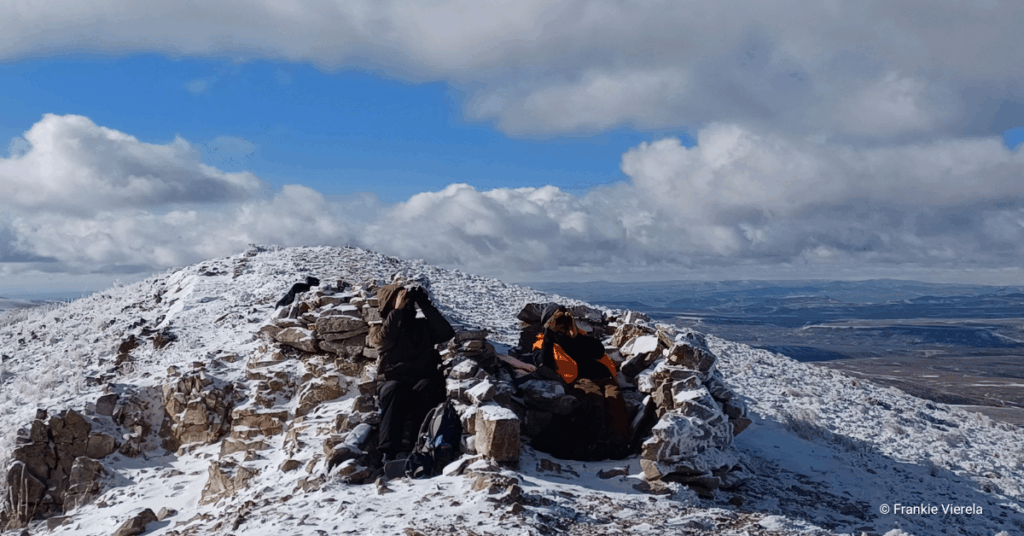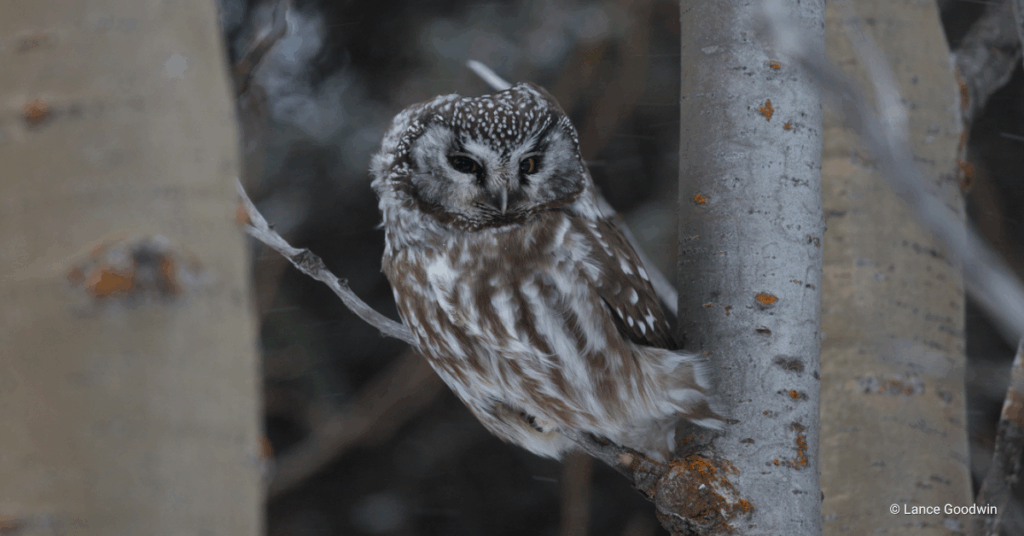It is bittersweet to announce that our 2021 Global Raptor Research and Conservation Grant awardees have submitted their final project reports. Through this program, we have supported their projects all across the globe—from India to Ghana to Colombia! We are so grateful for these biologists’ contributions over the past year and a half. Because of them, great strides have been made toward conserving the world’s most endangered raptors. Keep reading for a recap on their accomplishment and their final reports.
Ana María Morales Cañizares – Monitoring the Diet of the Black-and-chestnut Eagle in western Antioquia, Colombia
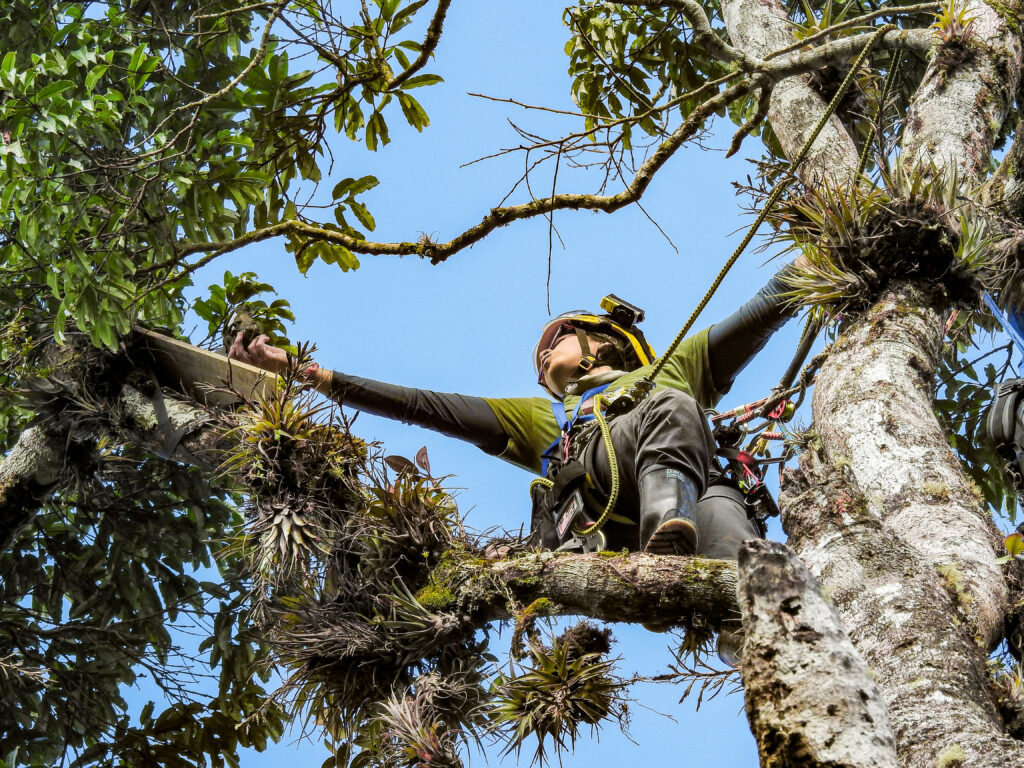
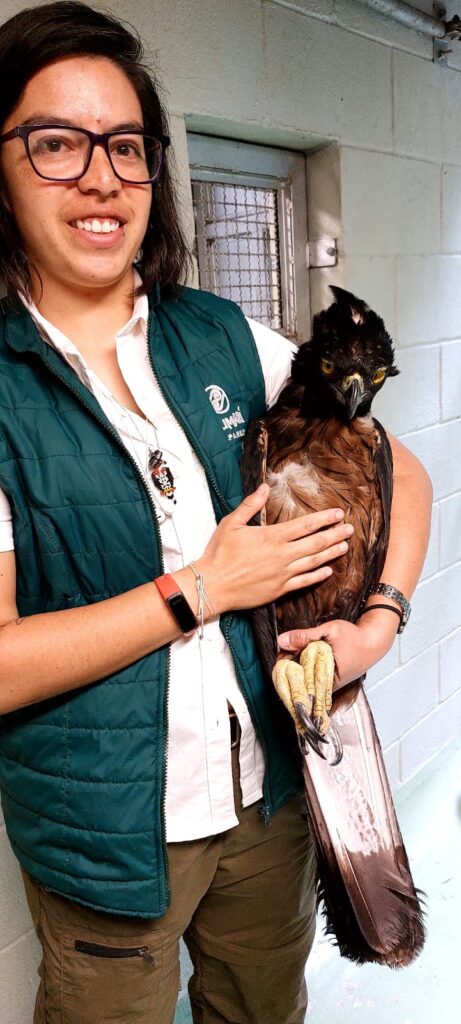
Ana’s original plan was to install two trail cameras in a nest of a Black-and-chestnut Eagle pair in Cañas Gordas, Antioquia, Colombia, and provide education on the eagles in the local community. Due to unsafe political conditions in her field area, Ana had to re-route and install cameras instead in the Caquetá department. Ana partnered with a group of young birders called the Pajareritos to help her conduct interviews and educational talks within the community where the cameras were placed. This was beneficial for growing local knowledge and inspiring a scientific interest in the young birders.
In the end, Ana installed the first-ever cameras in a Black-and-chestnut Eagle’s nest in an Amazonian department and probably one of the lowest altitude nests for the species. In addition, Ana’s research will be the first diet study using cameras for this species in the country. With less than 1000 individuals, and populations declining, it is incredibly valuable to gain more information on their behavior. With this nest footage, Ana will be able to provide environmental authorities with data on this species diet and reproductive cycle, which in turn will inform conservation efforts. In the future, Ana hopes to continue growing the project by installing more cameras in partnership with the Asociación Ornitológica del Caquetá.
Veronica Dandzo-Adzagudu – Population Assessment and Conservation of the Critically Endangered Ruppell’s Vulture in Mole National Park and Fringe Communities, Ghana
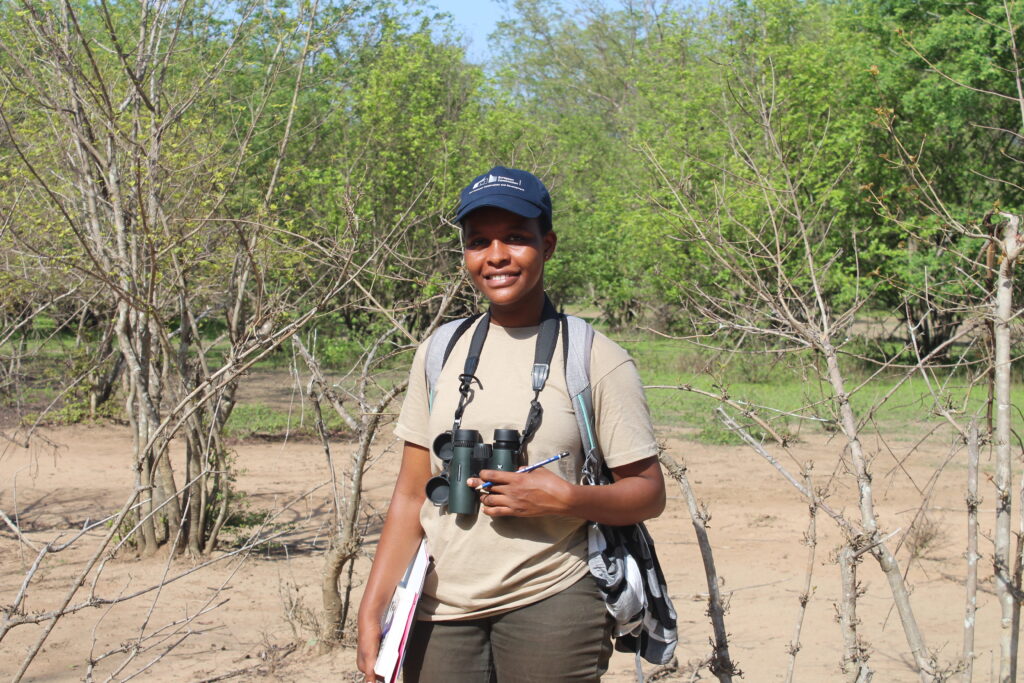
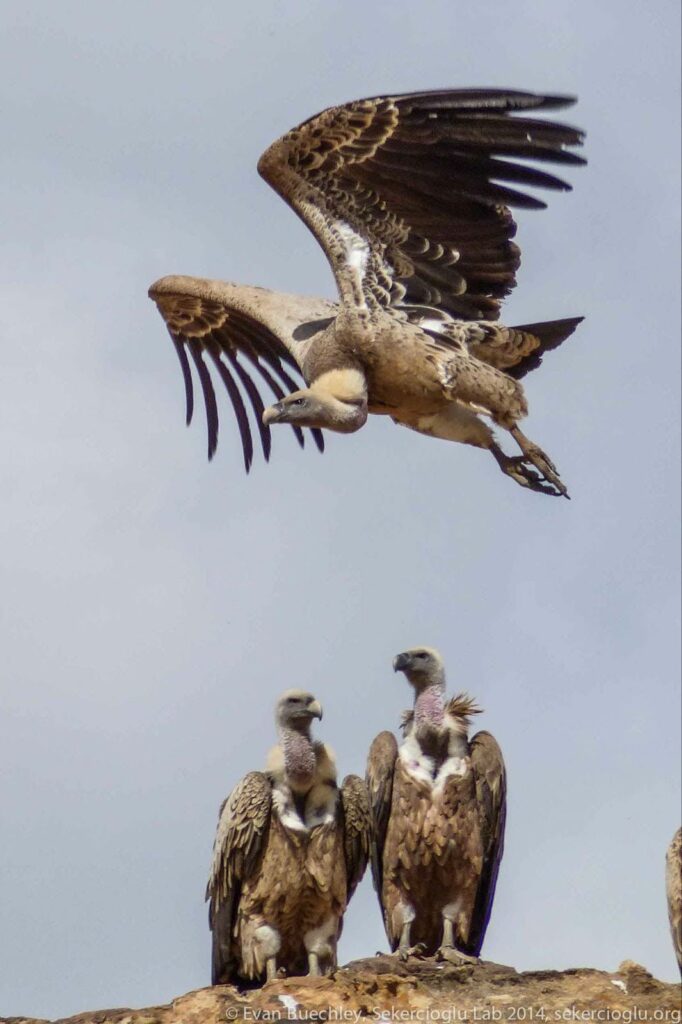
Veronica pursued four main objectives: determine the current population estimates for Ruppell’s vulture in Mole National Park and its fringe communities, identify their breeding sites in the park, assess local traditional knowledge and use of the species, and raise conservation awareness of the plight of this critically endangered species in five fringe communities of Mole National Park. Veronica’s team completed population surveys in both the wet and dry seasons. Unable to find any Ruppell’s Vultures in the wet season, Veronica’s team pursued an alternative method in the dry season by adding a camera trap on top of their daily transects. The camera trap spotted only one Ruppell’s Vulture during the dry season. During these surveys, Veronica’s team was also unable to find any Ruppell’s Vulture nests. These surveys indicate a very low abundance of this species in the park.
For Veronica’s education component, she administered 120 semi-structured questionnaires in four local communities (Larabanga, Mognori, Murugu, and Kananto). Only 38 out of 120 respondents identified and confirmed ever sighting Ruppell’s vulture. From these surveys, Veronica was also able to identify potential threats, such as local uses for traditional medicine and the potential of poisoning due to the medications used to treat sick livestock. Veronica created a vulture conservation awareness campaign to educate the community. Through her presentations, Veronica reached around 350 locals, including 60 students from two high schools.
In the future, Veronica plans to continue scaling up the project. She hopes to publish the results of her study and continue gathering data on local populations, movement ecology, and map breeding sites of Ruppell’s Vulture and the other three critically endangered vulture species in Mole National Park. Lastly, Veronica wants to reach more people through education, surveying, and educating at least 70% of fringe communities of Mole National Park.
Himani Singh Khati – Conservation of Critically Endangered Red-headed Vultures in Uttarakhand, India

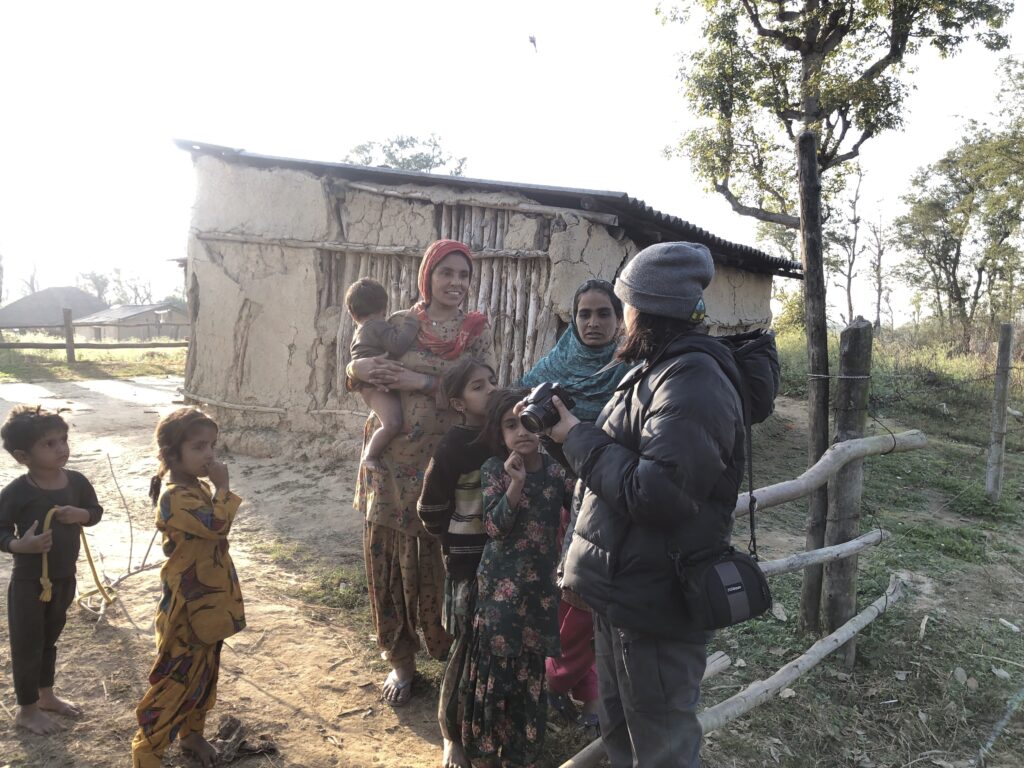
Through her project, Himani intended to protect Red-headed Vultures by monitoring roosting and feeding vultures, relocating carcass dump sites to safer locations, and educating the local community. Himani successfully grew the baseline knowledge on their roosting and feeding behaviors.
Before her study, most research on Red-headed Vultures only focused on populations in Uttarakhand’s low-lying region (Terai-Arc Landscape). Himani’s team study sampled from the low region and added new data from the middle altitude (hilly region). Himani was also able to identify some of the significant factors contributing to the species decline, such as unsafe disposal grounds, electrocution, increasing population of feral dogs, fragmentation of the vultures’ forest habitat, and change in carcass disposal practices toward burying.
Lastly, Himani’s team found great success in their surveys and education effort within the community. Her team organized a workshop for International Vulture Awareness Day in 2021, developed awareness programs for two schools, and created printed materials to share with various stakeholders. Himani also found that folks living in pastoral communities had very positive attitudes toward Red-headed Vultures, acknowledging the bird’s services of cleanly disposing of their dead livestock.
Going forward, Himani hopes to expand this work into a long-term study on the Red-headed Vulture’s breeding and nesting ecology. Through ongoing research, she hopes to measure the effects of cattle owners in the hills migrating to the plains in search of a better and more secure lifestyle.
____________________________________________________________________________
Interested in hearing more about our awardee’s projects? Head to the report page on our website to read our awardee’s reports in full.
On Wednesday, September 14th, we will begin accepting applications for our 2023 Global Raptor Research and Conservation Grant! If you are interested in applying, head to this page on our website to learn more about what kind of projects we fund: https://hawkwatch.org/investing-in-others/grrcg/


